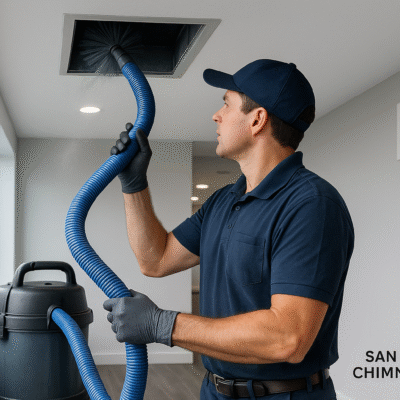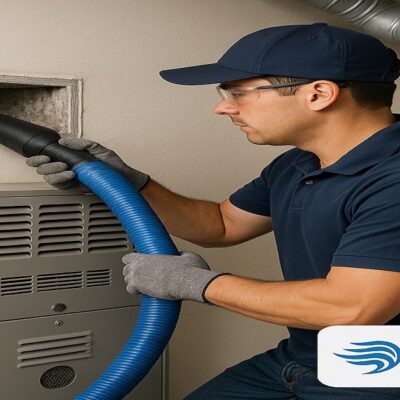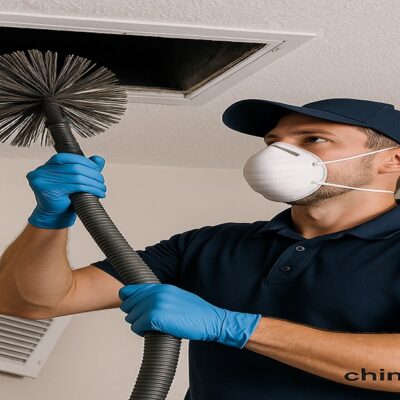In modern construction and renovation projects, maintaining the structural integrity of buildings is paramount. Carbon wrapping for beams has emerged as a highly effective solution for reinforcing concrete and steel beams. This technique is gaining popularity among engineers and contractors due to its ability to improve load-bearing capacity, prevent structural damage, and extend the lifespan of existing structures. Its non-invasive application makes it ideal for both residential and commercial buildings.
What is Carbon Wrapping for Beams?
Carbon Wrapping for Beams is an advanced technique widely used in modern construction and building maintenance to enhance the structural performance of beams. This method involves the application of carbon fiber reinforced polymer (CFRP) sheets or fabrics onto the surface of beams. CFRP materials are exceptionally strong yet lightweight, which allows them to significantly increase both the tensile and flexural strength of the beam without adding excessive weight. This makes them particularly suitable for structures that cannot bear additional load, such as older buildings or retrofitted structures.
The process begins with a thorough preparation of the beam surface. Any loose concrete, dust, or debris is removed to ensure proper adhesion of the carbon fiber sheets. Once the surface is prepared, a layer of epoxy resin is applied to act as a bonding agent. The carbon fiber sheets or fabrics are then carefully placed onto the beam and pressed firmly to ensure complete contact. Finally, another layer of epoxy resin is applied to seal and protect the carbon fibers, creating a durable and long-lasting reinforcement.This technique not only strengthens beams but also extends the lifespan of the structure, improves safety, and reduces the need for frequent maintenance. Its flexibility allows it to be used on beams of various shapes and sizes, making it a versatile and reliable choice for residential, commercial, and industrial construction projects.
Advantages of Carbon Fiber Wrapping
One of the main benefits of carbon fiber wrapping for beams is its high strength-to-weight ratio. Unlike traditional steel reinforcement, carbon fibers add minimal weight while delivering maximum structural support. This method also provides resistance against environmental factors such as moisture, corrosion, and temperature fluctuations. Additionally, the application is faster than conventional methods, causing minimal disruption to ongoing construction or daily activities within the building.
The Carbon Wrapping Process Explained
The process of carbon wrapping for beams involves several crucial steps to ensure maximum effectiveness. First, the beam surface is cleaned and prepared by removing loose concrete and dust. Next, epoxy resin is applied to create a strong adhesive layer. Carbon fiber sheets are then carefully wrapped around the beam and pressed to ensure full contact with the surface. Finally, a top layer of resin is applied to seal and protect the fibers. Proper curing is essential to achieve optimal strength.
Why Engineers Prefer Carbon Wrapping
Structural engineers are increasingly advocating carbon wrapping for beams because of its proven reliability and long-term advantages in strengthening structures. Unlike traditional reinforcement methods such as steel plates or additional concrete, carbon fiber reinforced polymer (CFRP) is highly resistant to corrosion, environmental degradation, and chemical exposure. This durability ensures that beams maintain their enhanced strength for decades without frequent maintenance, making carbon wrapping a cost-effective solution for both new constructions and retrofit projects.
Another key advantage of carbon fiber wrapping for beams is its ability to provide targeted reinforcement. Engineers can focus on the specific areas of a beam that are under stress, cracked, or weakened, without altering the overall design or adding unnecessary weight. This precision minimizes disruption to the structure while maximizing the beam’s load-bearing capacity. carbon wrapping for beams offers a combination of strength, durability, and safety improvements, making it a modern and efficient solution for engineers seeking reliable structural reinforcement and long-lasting performance.
Maintenance and Longevity
Once applied, carbon wrapping for beams requires minimal maintenance. Unlike traditional materials, carbon fibers are resistant to corrosion, chemical exposure, and environmental wear. Routine inspections are sufficient to ensure that the beams remain strong and functional. With proper installation and care, carbon-wrapped beams can last several decades, making them a long-term solution for structural reinforcement. This longevity is especially valuable for high-rise buildings, industrial facilities, and infrastructure projects.
Selecting the Right Service Provider
Choosing an experienced service provider is critical for effective carbon wrapping for beams. Look for contractors with proven expertise in structural retrofitting and access to high-quality carbon fiber materials. Professional technicians follow strict quality standards, ensuring that the wrapping is applied evenly and securely. Additionally, certified providers can offer guidance on structural analysis, load assessment, and customized reinforcement solutions, ensuring that each beam receives the optimal treatment for its specific condition.
Carbon wrapping for beams is revolutionizing the way engineers and contractors approach structural reinforcement. Its combination of high strength, lightweight properties, environmental resistance, and cost-effectiveness makes it an ideal choice for modern construction projects. Whether it is retrofitting older buildings, strengthening overloaded beams, or enhancing seismic performance, carbon fiber wrapping provides a reliable, long-lasting solution. Embracing this innovative technique ensures safety, durability, and sustainability for every structure.




